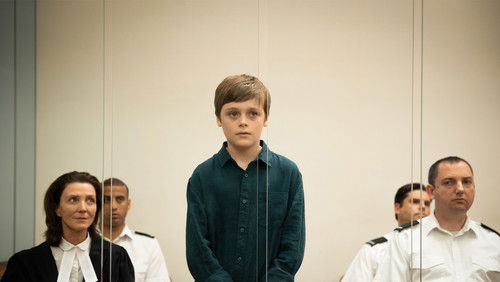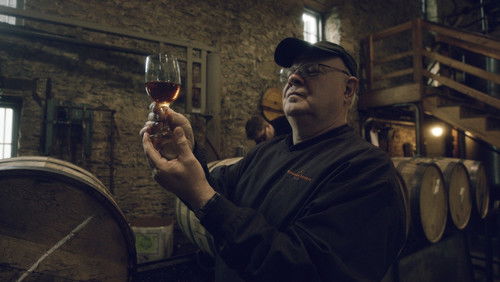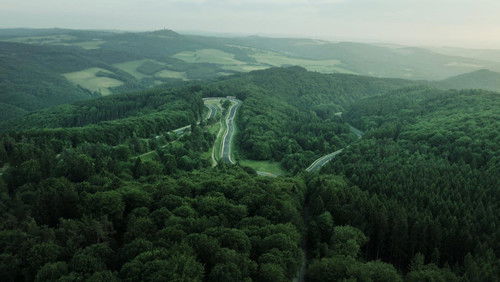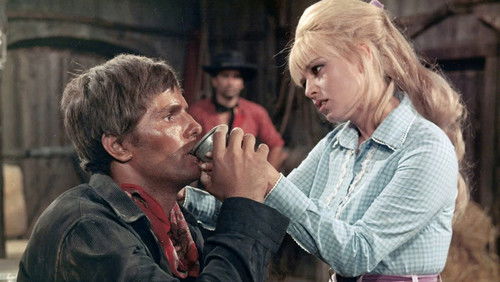Indien, Mutter Erde (1959)
57KIndien, Mutter Erde: Directed by Roberto Rossellini. Several stories depicting the landscapes and fauna of India are mixed with documentary footage.
“Perhaps it was the incredibly washed-out, virtually monochrome print. Perhaps it was the non-stop painful soundtrack of bird noises. Perhaps it was the overbearing, condescending ceaseless narration. u003cbr/u003eu003cbr/u003eBut mostly this supposed masterpiece reminded me of schoolroom educational films. The camera work is not particularly great; we learn little about actual (as opposed to staged) life in India; though closely immersed in local settings, there is virtually no geographic, historic or temporal overview to guide us; and the staged sequences come across as forced and distancing, most alarmingly with the monkey sequence at the end (it verges on flat out cruelty). Other sections have sudden and jarring outcomes that work entirely against the drawn-outness of the rest.u003cbr/u003eu003cbr/u003eI canu0026#39;t think of a film that has aged less well than this basic documentary. Just because itu0026#39;s by a master doesnu0026#39;t make it a masterpiece. And yes, I watched it closely, understood its structure and themes and so forth. There are good sequences in the film (the elephant logging and dam building in particular evoke a clearly dichotomous relationship with nature) but it could have been well-trimmed, better contextualized, and shorn of its irritating narration.u003cbr/u003eu003cbr/u003eWhat we have here is an outsideru0026#39;s, deastheticized, desaturated, scattershot, only slightly empathetic view of India. Let the images speak! And, most of all, let the Indians speak for themselves. Itu0026#39;s taken 50 years to realize we should give them the cameras (Born into Brothels comes to mind.)”









